Chocolate liquor is one of the key ingredients in any bar of chocolate. It’s made from the nibs of cocoa beans, and contrary to what the name suggests, it doesn’t contain any alcohol. Despite the misnomer, chocolate liquor helps give chocolate its distinctive taste and texture.
Once the shells of cocoa beans are separated from the nibs during the winnowing process, chocolate liquor is made by milling the nibs.
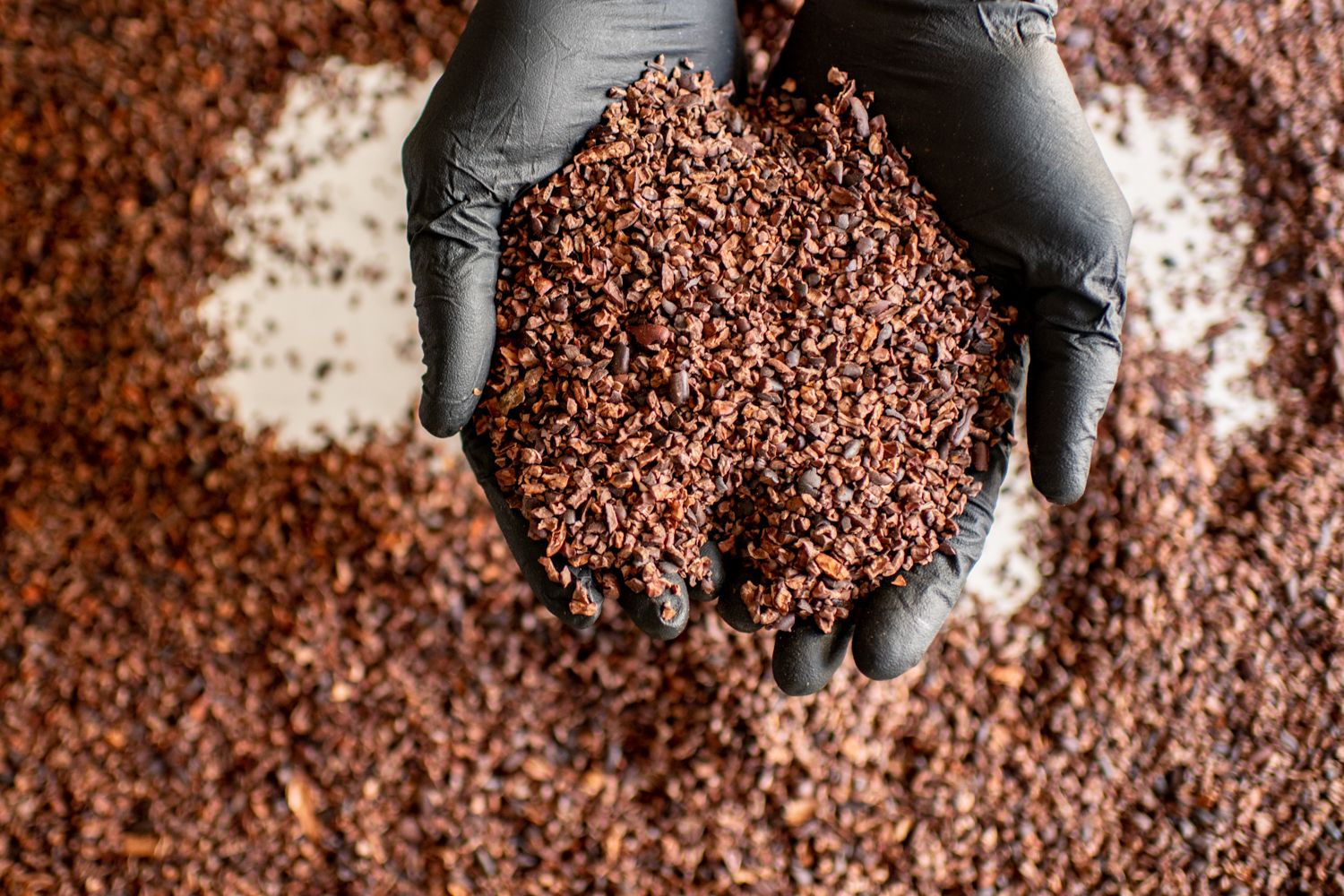
How is chocolate liquor made?
There are a variety of ways that cocoa nibs can be milled, but at a basic level, all milling processes use mechanically applied heat and pressure to turn the nibs from a solid into a liquid. Some milling machines rely on a series of rotating millstones to accomplish this, while others use hammers and pins, or metal balls.(1)
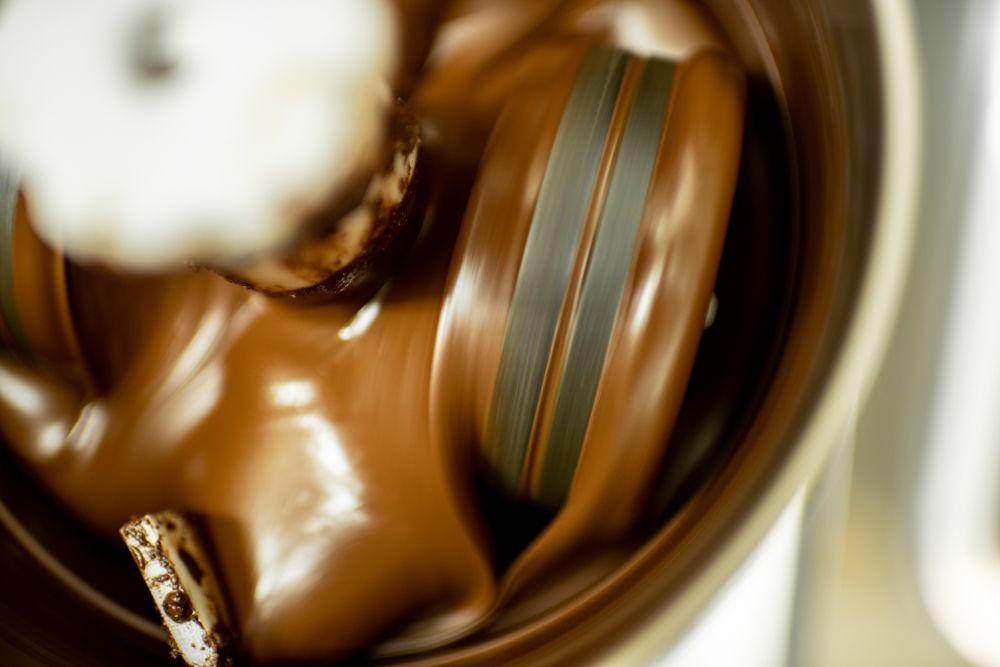
In a melanger (pictured above), for example, it can take anywhere from 18-72 hours of milling to make chocolate liquor that’s ready to be eaten. This is in part because the ideal particulate size in chocolate liquor is just 30 microns — that’s about half the size of a grain of sand.(2)
Why is milling so essential?
An important reason why milling is necessary for chocolate-making is not just to make the nibs easier to mix with other ingredients, but also to release the fat within the cells in the nibs.
Breaking apart the cellular structure of nibs frees this fat, which then coats the resulting particles. This helps chocolate flow smoothly, and prevents it from feeling gritty in your mouth.(3)
Since it comes directly from cocoa beans, chocolate liquor is also what brings all the flavors that started developing when the beans were fermented, dried and roasted to a finished bar of chocolate.
Once cocoa nibs have been milled into chocolate liquor, the liquor is ready to be mixed with other ingredients to make liquid chocolate.
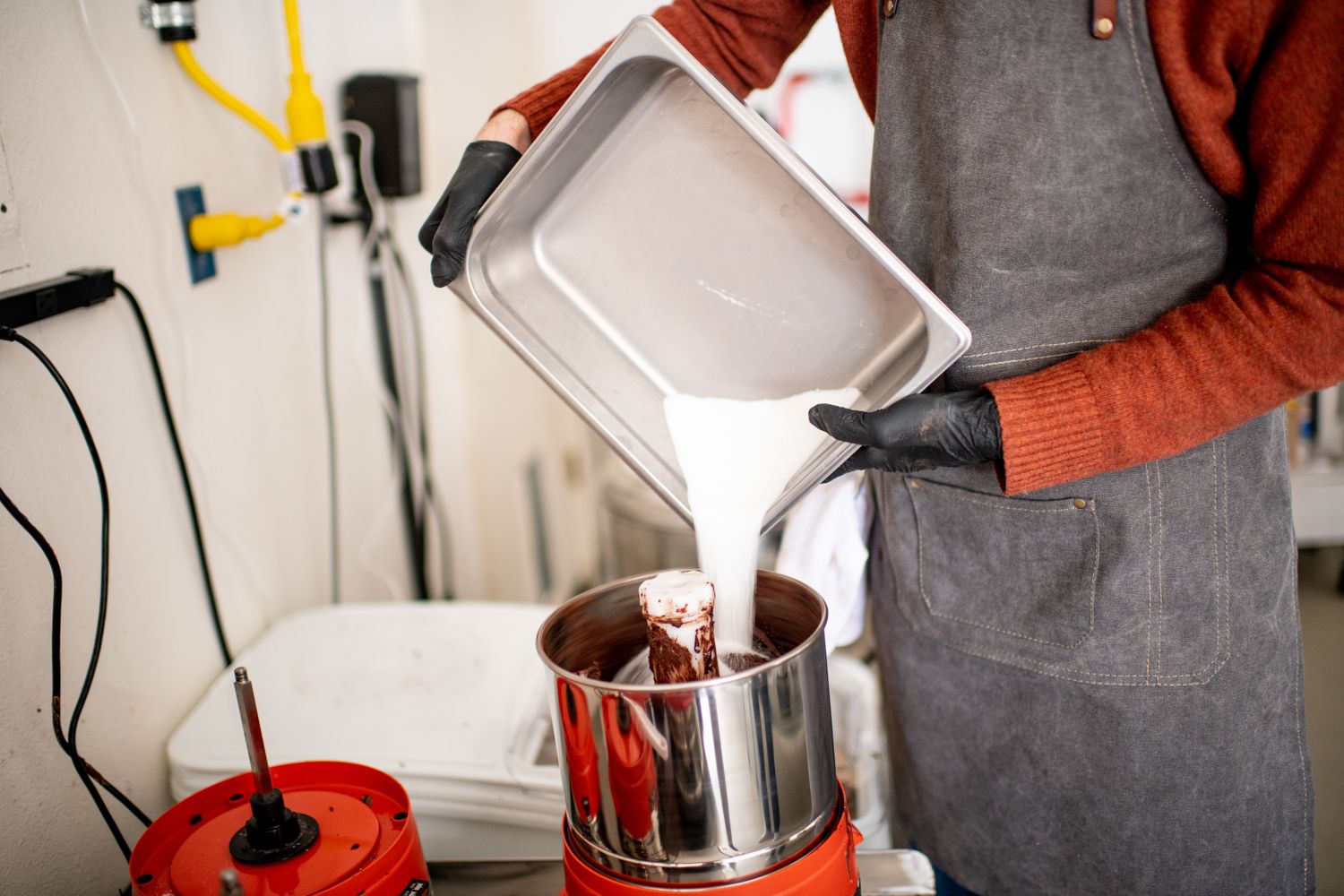
(1) Minifie, Bernard W. Chocolate, Cocoa and Confectionery: Science and Technology. New York, New York: Van Nostrand Reinhold, 1989, 53-56.
(2) Beckett, Stephen T. The Science of Chocolate. Croydon: Royal Society of Chemistry, 2008, 51.
(3) Beckett, 50-51.

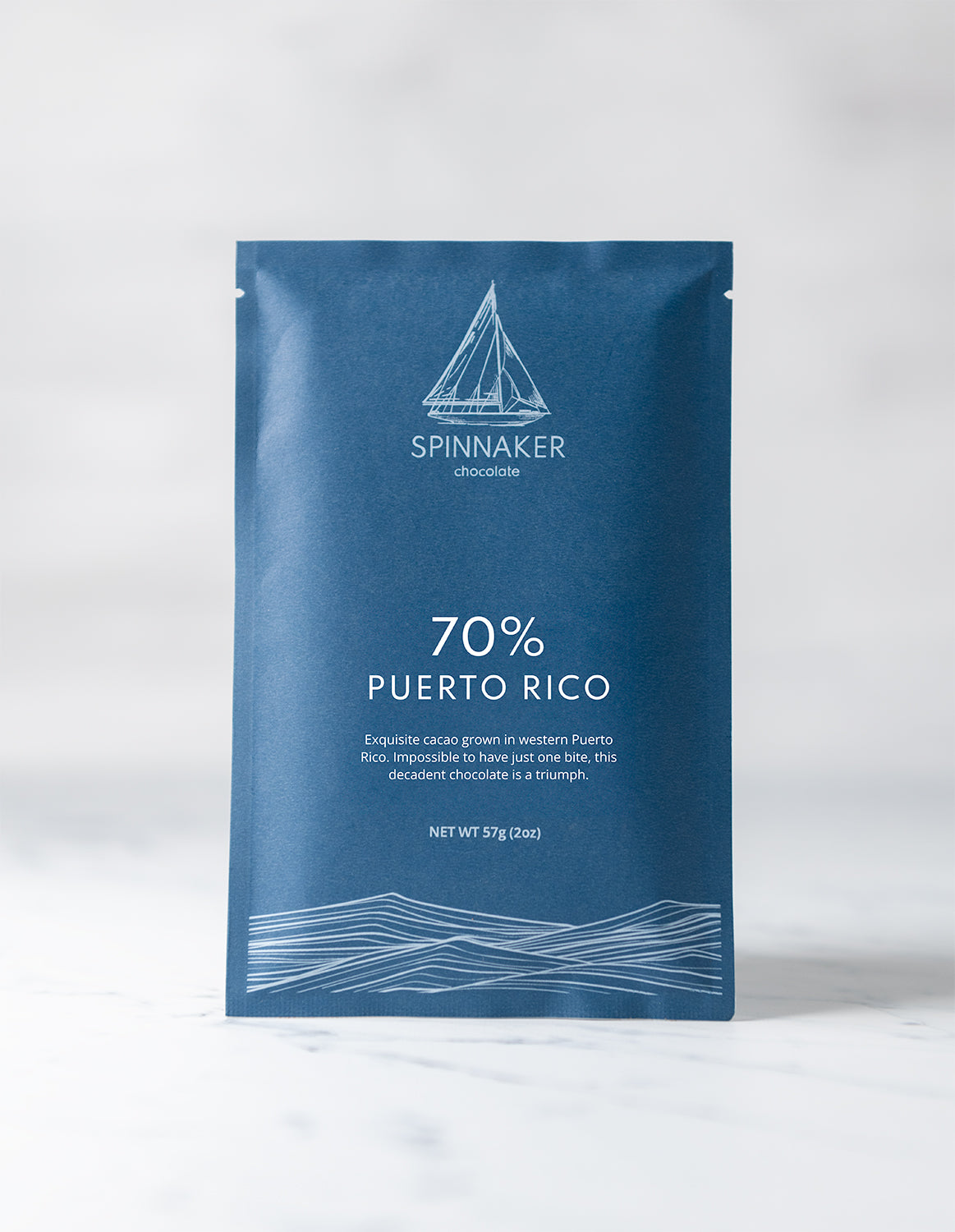


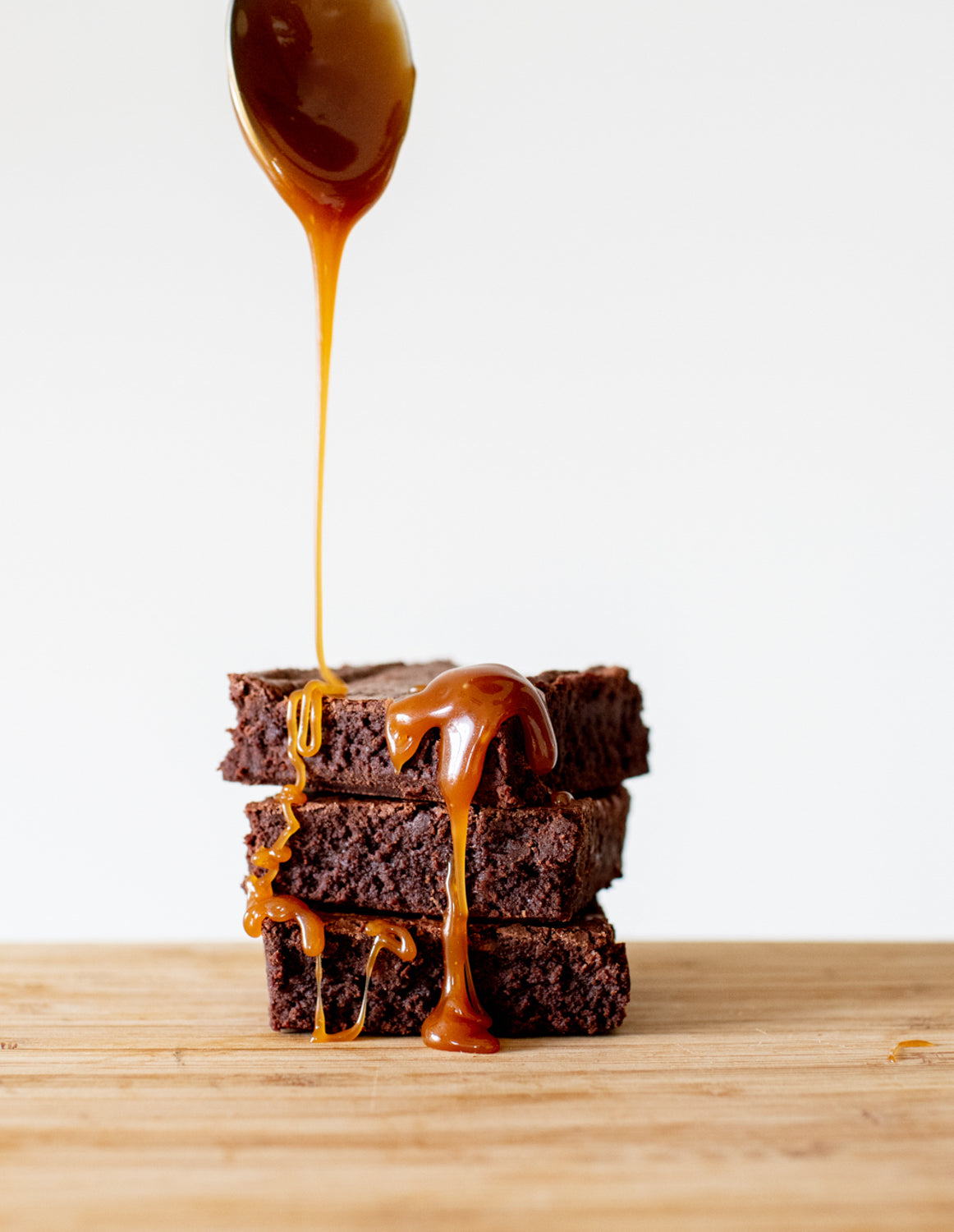
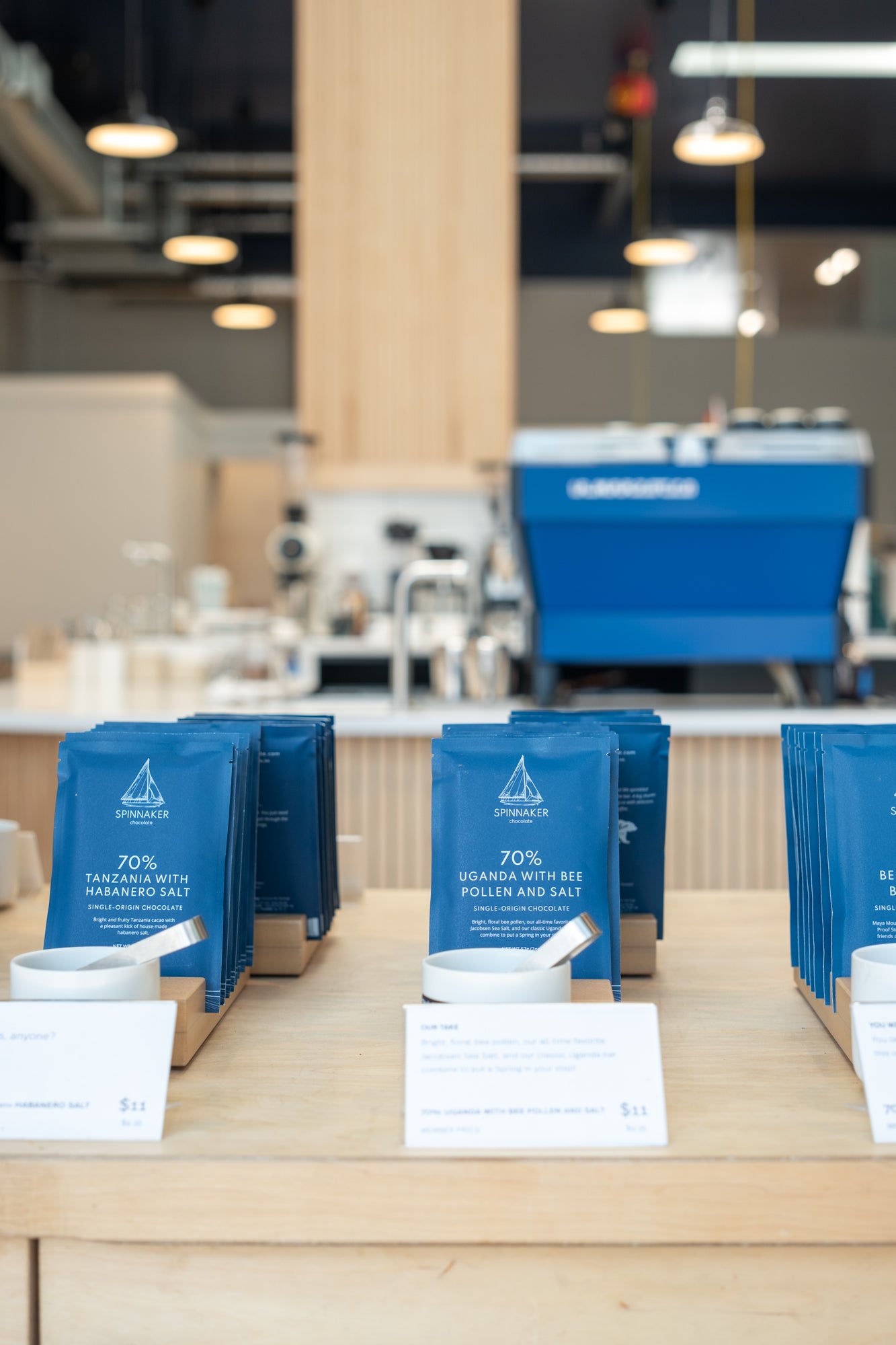
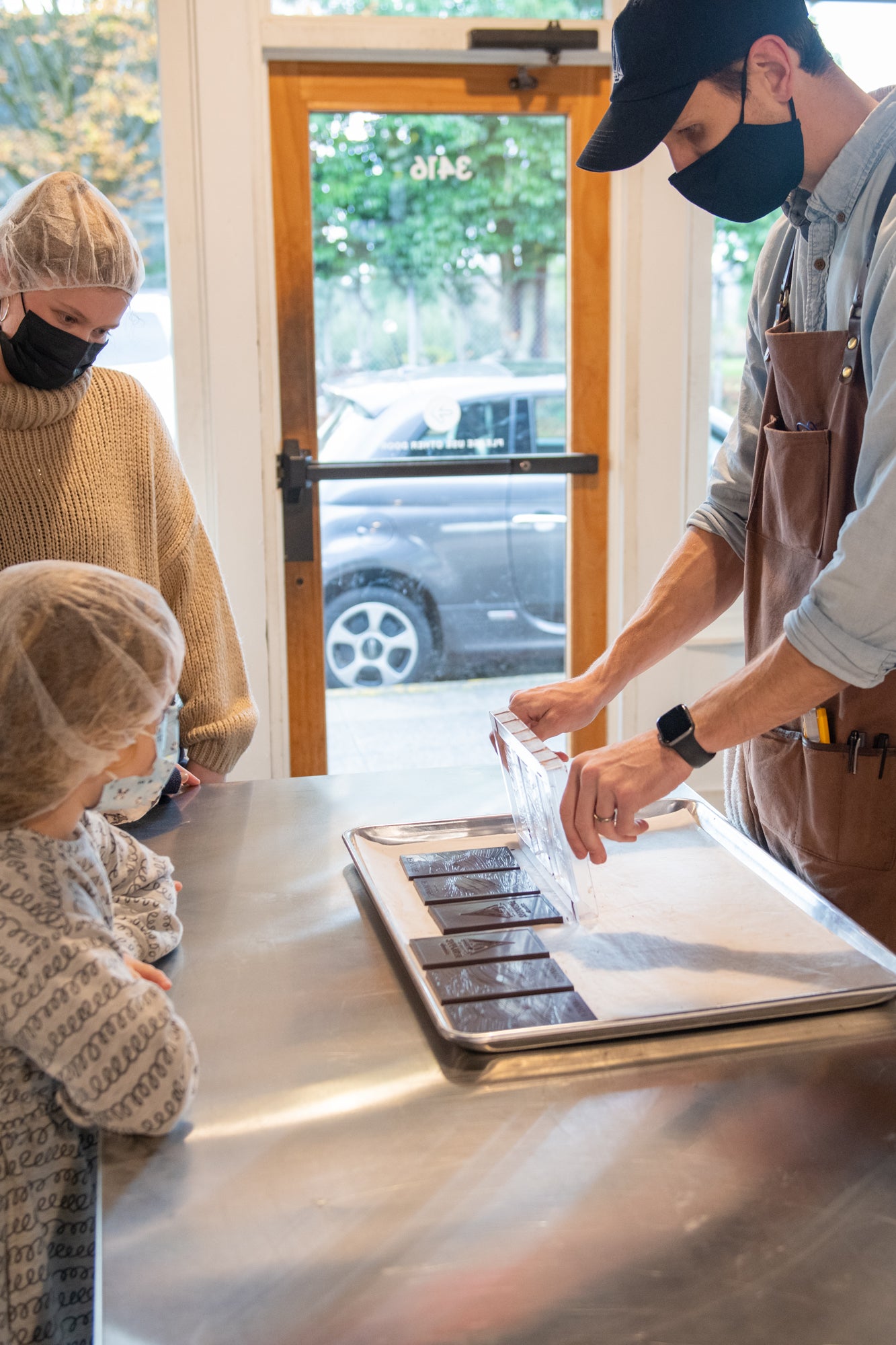
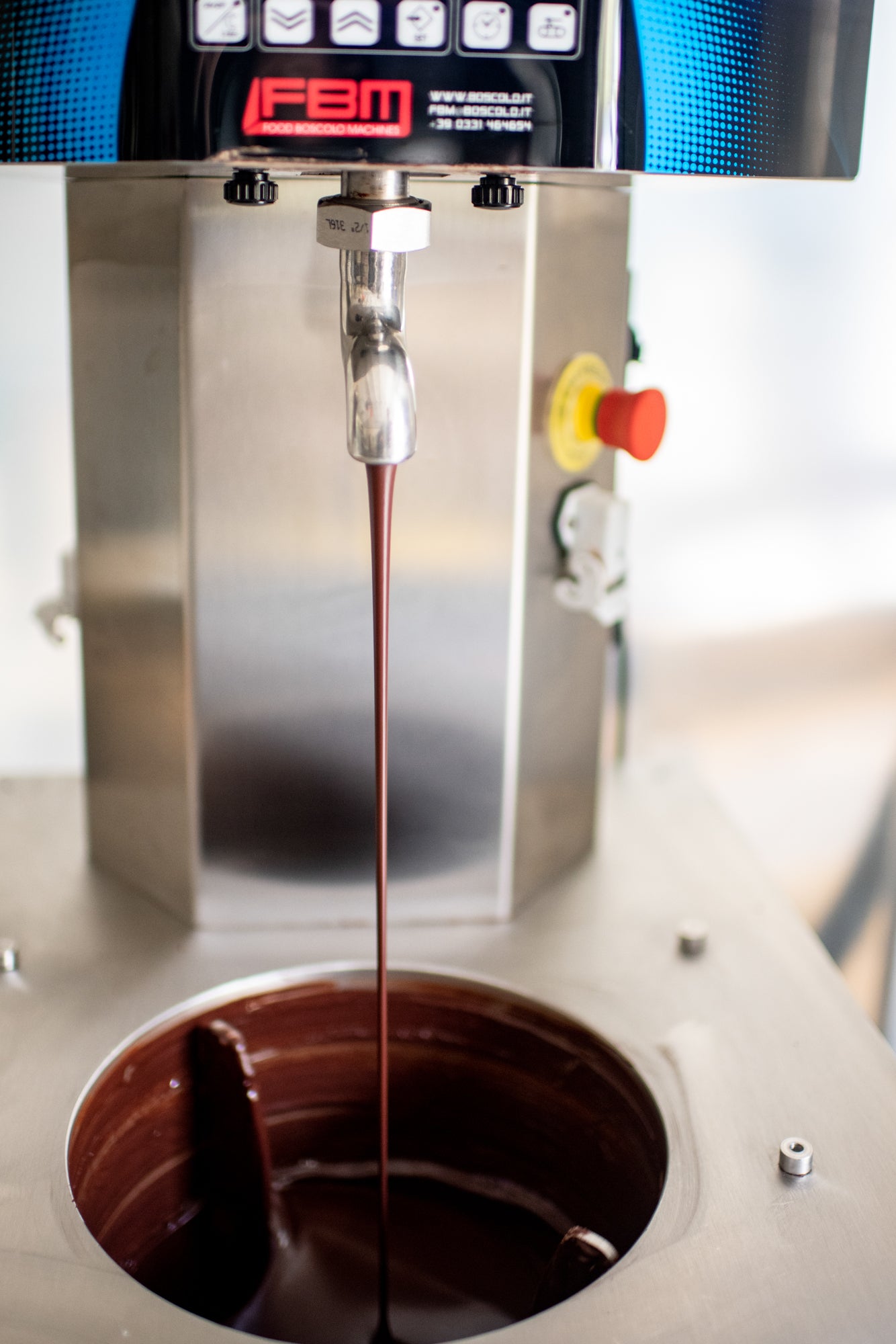
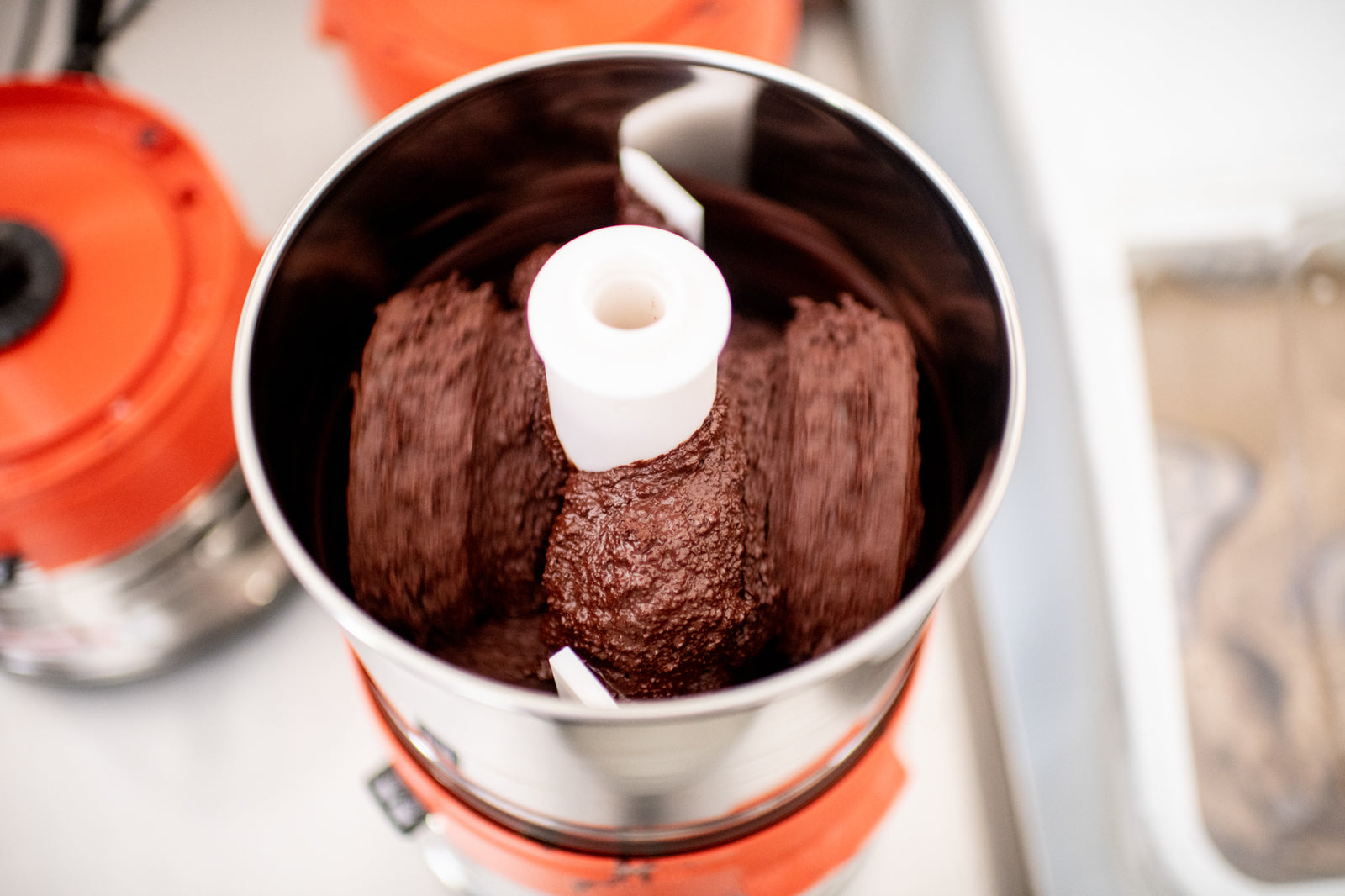

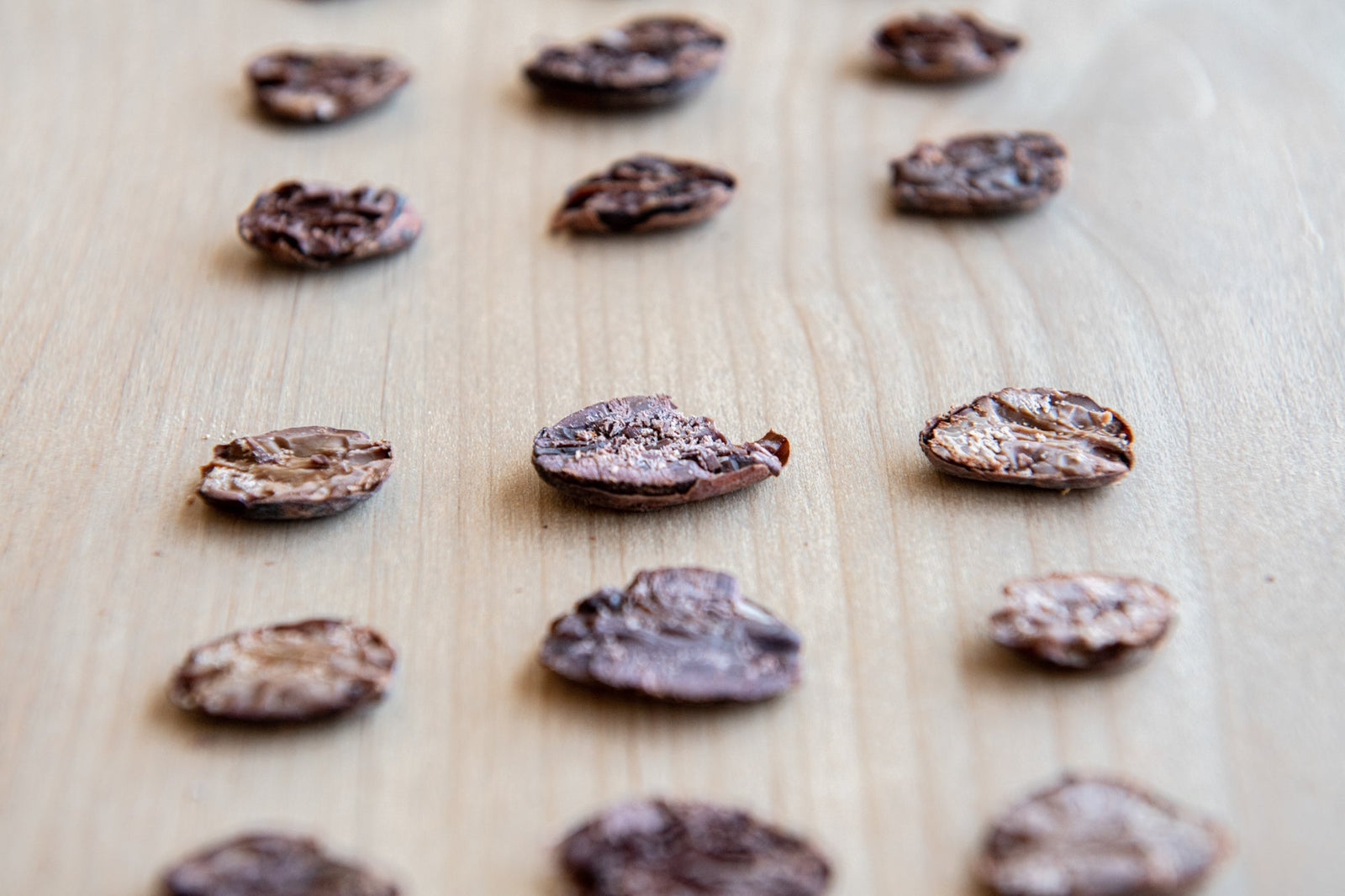
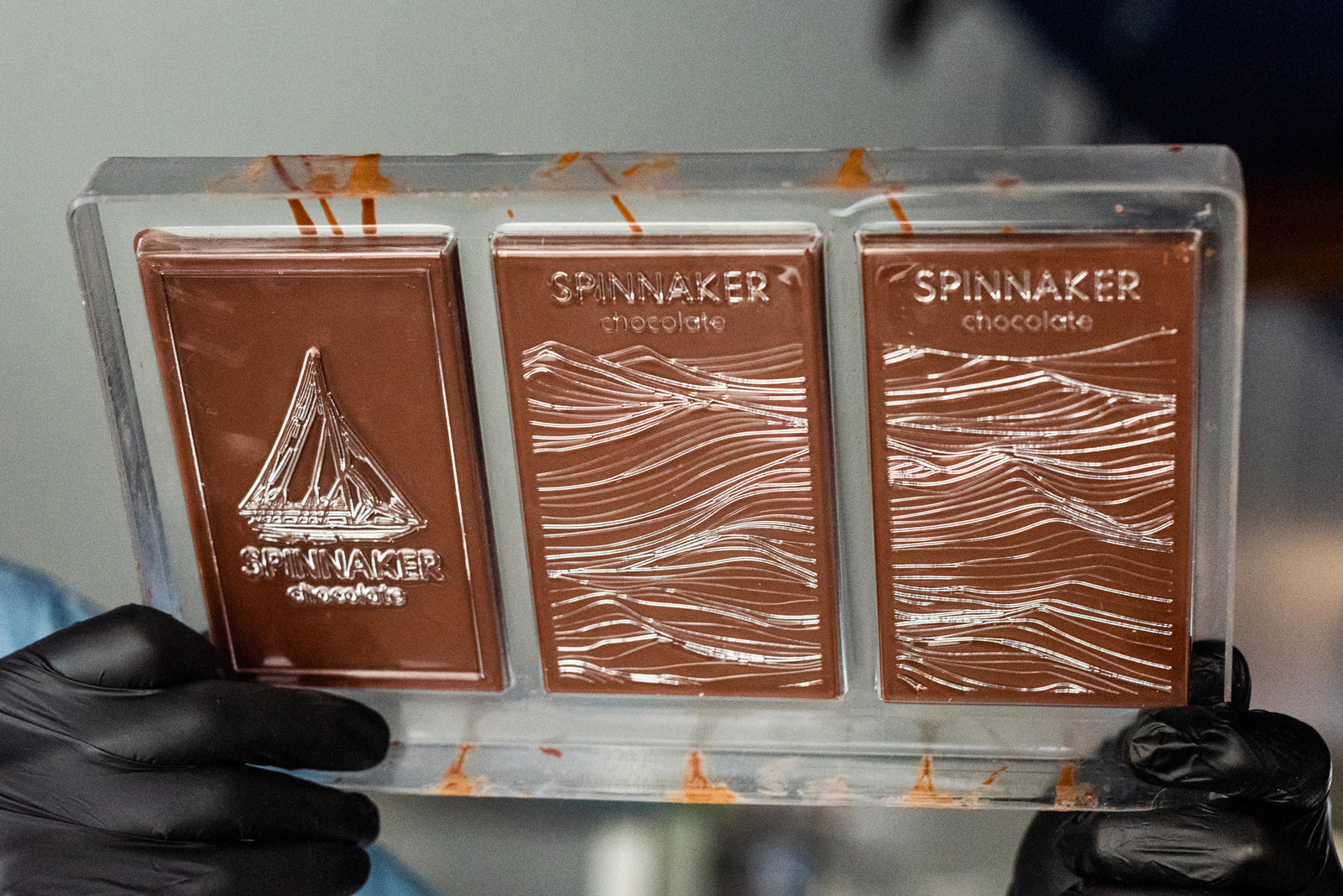
Abdul Hameed
June 23, 2023
QAF : Excellent and Good